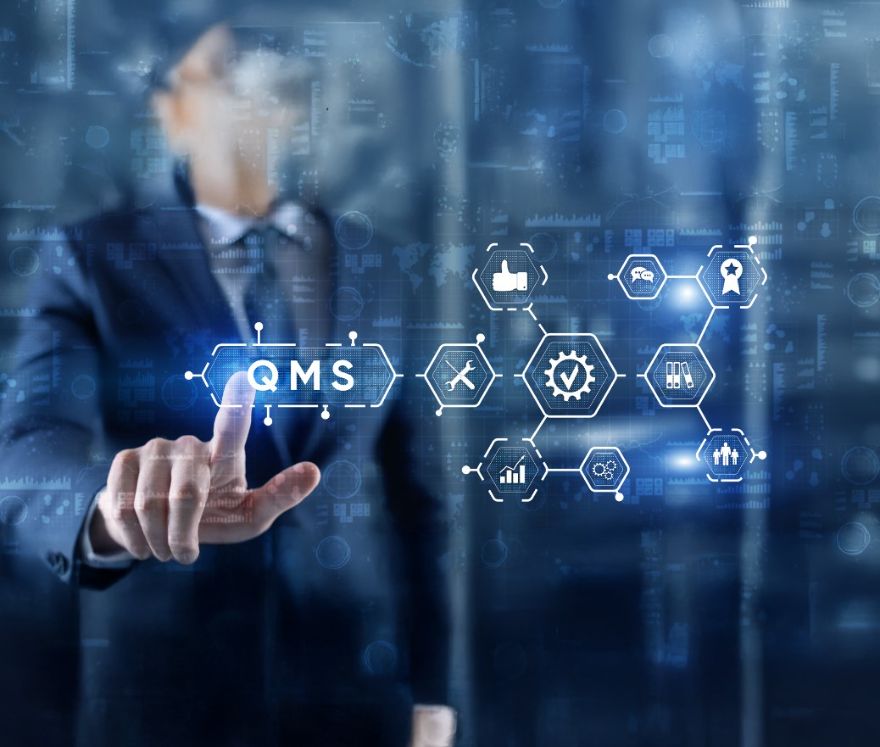Complaint Recording and Categorization
It ensures that incoming complaints are recorded and prioritized systematically. The aim is to effectively manage and resolve customer complaints.
Features
- Creating a Complaint Record
- Determining the Type of Complaint
- Priority and Urgency Assessment
- Automatic Notification and Forwarding
Creating a Complaint Record
All complaints received via phone, email, web portal or face-to-face communication are recorded in the system. These complaints comprehensively collect all complaint information submitted to the organization.
Complaint Type Identification
Complaints are classified into categories such as product quality, service quality, delivery delays or communication problems. This classification helps to respond quickly and accurately according to the type of complaint.
Priority and Urgency Assessment
The priority level is determined by analyzing the severity of the complaint, the departments it affects and its potential impact on customer satisfaction. In this way, emergencies are handled quickly.
Automatic Notification and Forwarding
In case of an emergency complaint, the relevant departments are immediately notified automatically. These notifications ensure fast and effective response to complaints.

